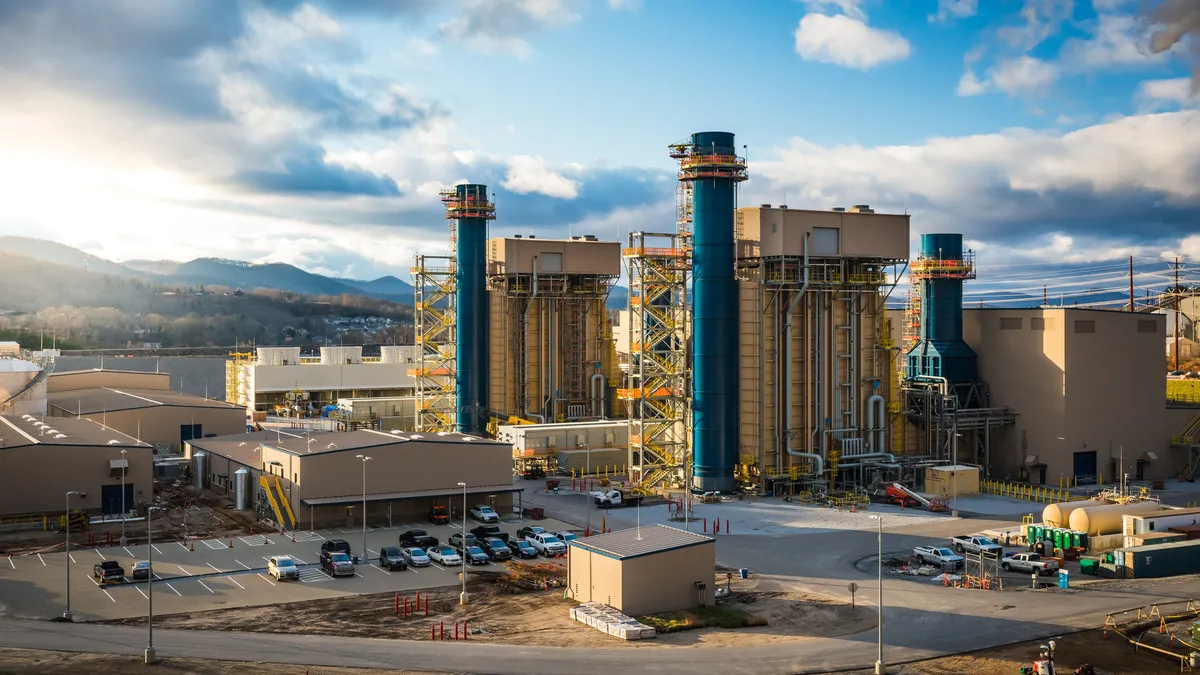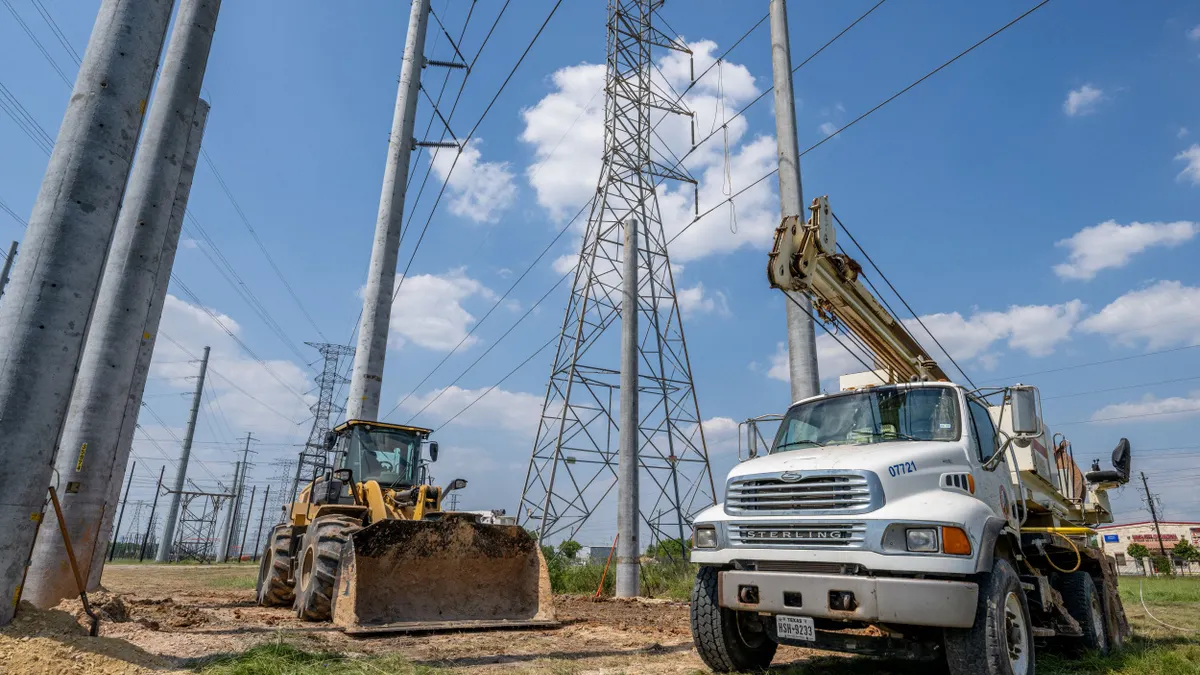The Midcontinent Independent System Operator (MISO) is looking at ways to grow its storage market, but it could have a long way to go to rival the market in the neighboring PJM interconnection region.
MISO is the regional transmission organization that operates the wholesale electric power market in 15 Midwestern states and the Canadian province of Manitoba. The RTO already has a market for short and long term storage resources. Now, in response to several requests and queries, MISO is examining the feasibility of a medium term market, mostly for batteries, for durations of four hours or more.
“We are looking at ways to integrate that type of resource into the market and expand it,” said Jennifer Richardson, senior policy advisor for external affairs at MISO.
MISO first incorporated short-term storage into its tariff in 2009, with implementation in 2010. There is now about 400 MW of frequency regulation in MISO, most of which is served by thermal generating plants.
But while stored energy resources can participate in MISO’s regulation market, they cannot currently participate in the RTO’s other ancillary services markets such as spinning reserves, supplemental reserves or ramping products.
On Jan. 5, MISO held a workshop for stakeholders to examine the investment case for storage in the RTO. One of the questions that came up is whether storage should be categorized as generation or as transmission resources.
Transmission projects are paid differently than generation projects, and in a market like MISO it is possible that a storage project classified as transmission could fall under the jurisdiction of state regulators.
As it moves through its stakeholder process, Richardson said the RTO will remain “technology agnostic. We do not want to determine the path to success. MISO’s mission is to provide least cost energy solutions.”
There is already one storage project under way in MISO. AES Corp. subsidiary Indianapolis Power & Light in June announced plans for a 20-MW battery project in Marion County, Indiana, that will deliver enhanced grid reliability and ancillary services. The project would provide energy equivalent to 40 MW of flexible resource to the electric grid, and is expected online this summer.
Whether or not other projects follow suit could depend on how MISO sets the tariffs for storage. The key thing to watch will be how MISO implements FERC Order 755,” said Dean Frankel, an analyst with Lux Research. The Federal Energy Regulatory Commission’s Order 755 created compensation schemes for pay-for-performance and frequency regulation.
PJM was the first to incorporate Order 755 into its tariff and in October 2012 became the first RTO to implement the rule. Developers seized on the opportunity and quickly lined up to build storage projects in PJM’s footprint. In 2015, PJM’s Reg D market was worth about $180 million with an average hourly clearing price of $31.35/MWh.
But the rush of projects also altered the resource mix for the shortest responding section of PJM’s regulation market, so-called Reg D resources. That change in resource mix created conflicts in balancing the two parts of the regulation market — Reg D, which has a 2 second response time, and Reg A, which has 4 second response time. In response, PJM in December imposed an interim cap on in its Reg D market ranging from 280 MW to 183 MW, depending on the time of day. The cap will remain in place until a PJM task force finds a better solution to balancing Reg D and Reg A resources.
PJM has about 760 MW of resources capable of serving Reg D requirements, including 263 MW of battery capability, 420 MW of hydro resources, 65 MW of combustion turbine capacity, and 11 MW of demand side resources.
Combined, PJM’s Reg D and Reg A markets have a peak need of 1,225 MW, comprised of 700 MW of peak need and 525 MW of off peak need.
Meanwhile there is another 200 MW to 300 MW of pending storage projects in the RTO’s interconnection queue. Right now, storage resources in PJM are mostly focused on the regulation market, but Eric Hsia, manager of performance compliance at PJM, said developers are starting to look at other applications, and one just responded to a request for proposals for black start resources.
“The future of batteries in PJM is up to the advances in the technology,” Hsia said. “If they can discharge longer than one hour, it is up to them what they want to do in PJM. We look at [storage] like any other resource.”
Green Fields
With a cap in place in PJM, developers are now looking across the border to neighboring MISO, Frankel said. He notes, however, that the market for frequency control in MISO is “significantly” smaller than it is in PJM.
The Lux analyst estimates that the storage regulation market in MISO is about 71 MW and prices for energy storage in MISO are between $10/MWh and $31/MWh. For regulation, prices are between $1/MWh and $10/MWh.
It remains to be seen how profitable the storage market could be in MISO, Frankel said. Right now “PJM is the only market where a stand-alone storage project can make money and sometimes that is questionable.” He said storage in MISO would have to be bundled with a project that had some other source of revenue.
He notes that there could be a much larger opportunities in the utility procurement and the behind-the-meter markets in places like New York and California, he said.
California, of course, is one of the hottest markets for storage, with 3,910 MW of various storage technologies in the interconnection queue.
California classifies storage as generation, but is also exploring opportunities for storage to be used as transmission assets.
The Electric Reliability Council of Texas region has 36 MW of storage but expects to soon add about 600 MW to help smooth out the intermittency that will likely come from the wind power projects in its interconnection queue.
The smallest storage market among the RTO is in ISO New England which has only 0.5 MW of energy storage. “There has not been much activity on changing the storage rules in New England,” said Ron Carrier, a regulatory analyst with Direct Energy.
Carrier said New England is more concerned with projects proposing to bring Canadian hydro resources into the region via new transmission lines and with projects that would bring cheap natural gas from the Marcellus shale plays in Pennsylvania into the region via new pipelines.
Meanwhile, storage could provide some relief to the supply challenges facing MISO, namely, an influx of wind resources and nuclear plants at risk of being shuttered. But the expansion of the RTO’s storage market is still in the early planning stage.
“Right now, we are trying to identify the issues. It is hard to even have a soft deadline,” Richardson said.





















